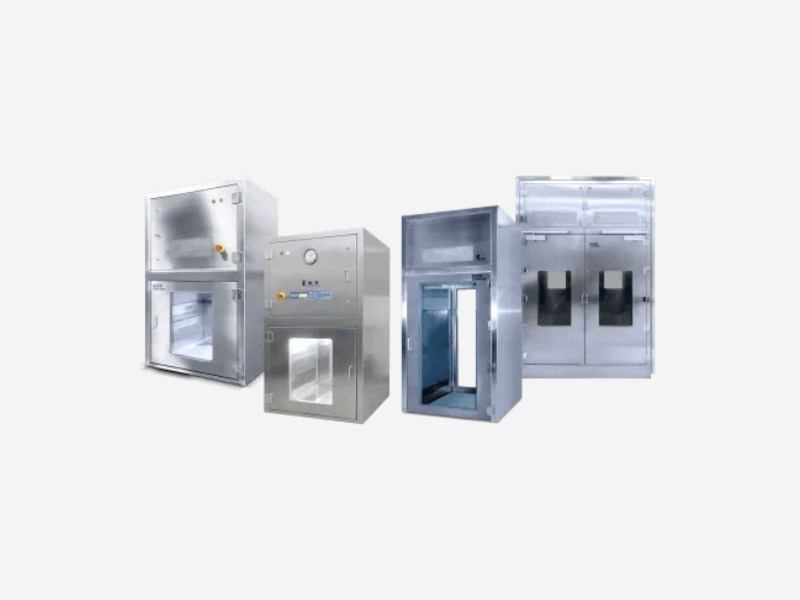Setting up a new hospital is a monumental task that goes beyond just building infrastructure—it’s about creating a facility that prioritizes patient care, clinical efficiency, and long-term sustainability. One of the most critical aspects of this process is selecting the right medical equipment, as it forms the backbone of effective diagnosis, treatment, and patient monitoring. With evolving healthcare standards and rapid technological advancements, here are some key considerations to ensure you invest in the best equipment for your new hospital.
1. Understand the Hospital's Scope and Specialties
Before making any equipment-related decisions, it’s essential to define the hospital’s capacity, departments, and clinical specialties. A general hospital will require a different equipment mix compared to a multi-specialty or super-specialty facility. Assessing anticipated patient volume, treatment complexity, and emergency preparedness is key to creating a well-rounded equipment plan.
2. Focus on Regulatory Compliance and Certifications
All medical equipment must comply with national and international standards such as BIS, CE, or FDA certifications. These not only guarantee safety and performance but also ensure easier regulatory approvals and inspections. Additionally, ensure the equipment meets NABH, NABL, or JCI guidelines if you aim for hospital accreditation.
3. Prioritize Patient Safety and Infection Control
In today's healthcare environment, infection control is non-negotiable. Opt for equipment with antimicrobial finishes, smooth surfaces for easy cleaning, and designs that minimize touchpoints. From modular OTs to ventilators and sterilizers, every unit must support sterile workflows and patient safety.
4. Look for Scalability and Future Readiness
Medical technology is constantly evolving. Select equipment that is modular, upgradable, and compatible with digital healthcare systems. For example, imaging systems should support PACS integration, and monitoring devices should be compatible with hospital information systems (HIS) and electronic medical records (EMR).
5. After-Sales Support and AMC Options
Even the best equipment needs consistent maintenance. Choose vendors who offer comprehensive after-sales service, training, warranty, and annual maintenance contracts (AMC). This reduces downtime and ensures equipment longevity, especially for critical care units like ICUs, OTs, and emergency rooms.
6. Energy Efficiency and Operational Cost
Hospitals operate round the clock, making energy-efficient equipment a smart long-term investment. Whether it’s HVAC systems, surgical lights, or imaging machines, opt for solutions that minimize power consumption and maintenance costs without compromising performance.
7. Training and Ease of Use
Advanced medical devices are only as effective as the people operating them. Invest in user-friendly equipment and ensure your vendor provides adequate training and support for your staff. Well-trained teams improve safety, reduce errors, and make better use of the technology.
8. Customization and Facility Integration
Not every hospital is built the same. From bed head panels to nurse call systems, gas pipeline outlets, or modular operation theaters, your equipment must fit your layout, workflow, and patient care model. Partnering with a turnkey provider can help achieve a seamless integration of systems across departments.
Conclusion
Setting up a new hospital requires careful planning, budget alignment, and clinical foresight, especially when it comes to equipment. By considering functionality, safety, scalability, compliance, and long-term support, hospitals can not only deliver excellent care from day one but also grow sustainably in the years to come.
At Pillar 9 TAE India Pvt. Ltd, we specialize in offering end-to-end hospital infrastructure and equipment solutions tailored to your needs. From critical medical equipment to integrated modular systems, we empower your vision of modern, patient-centric healthcare.

